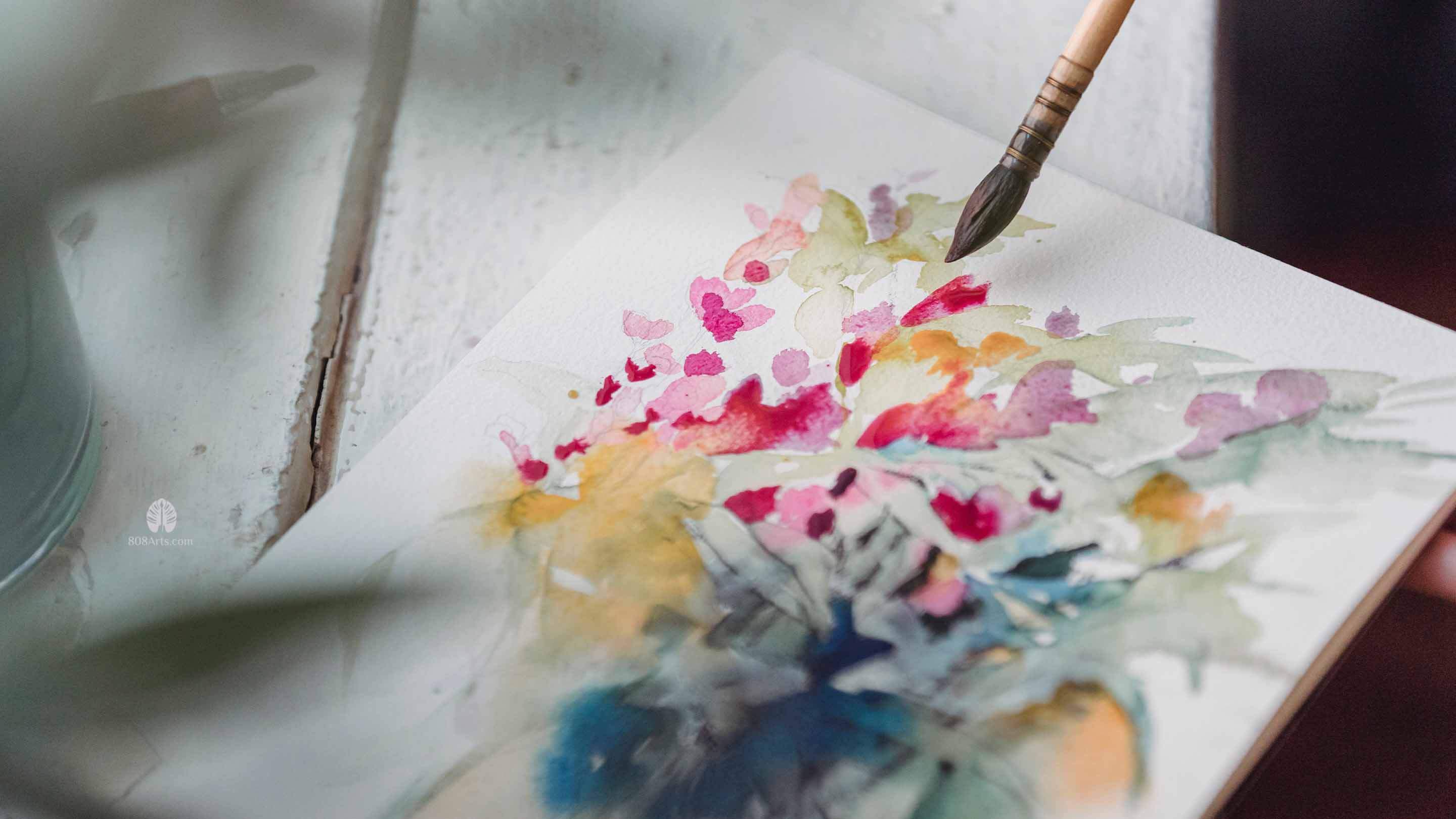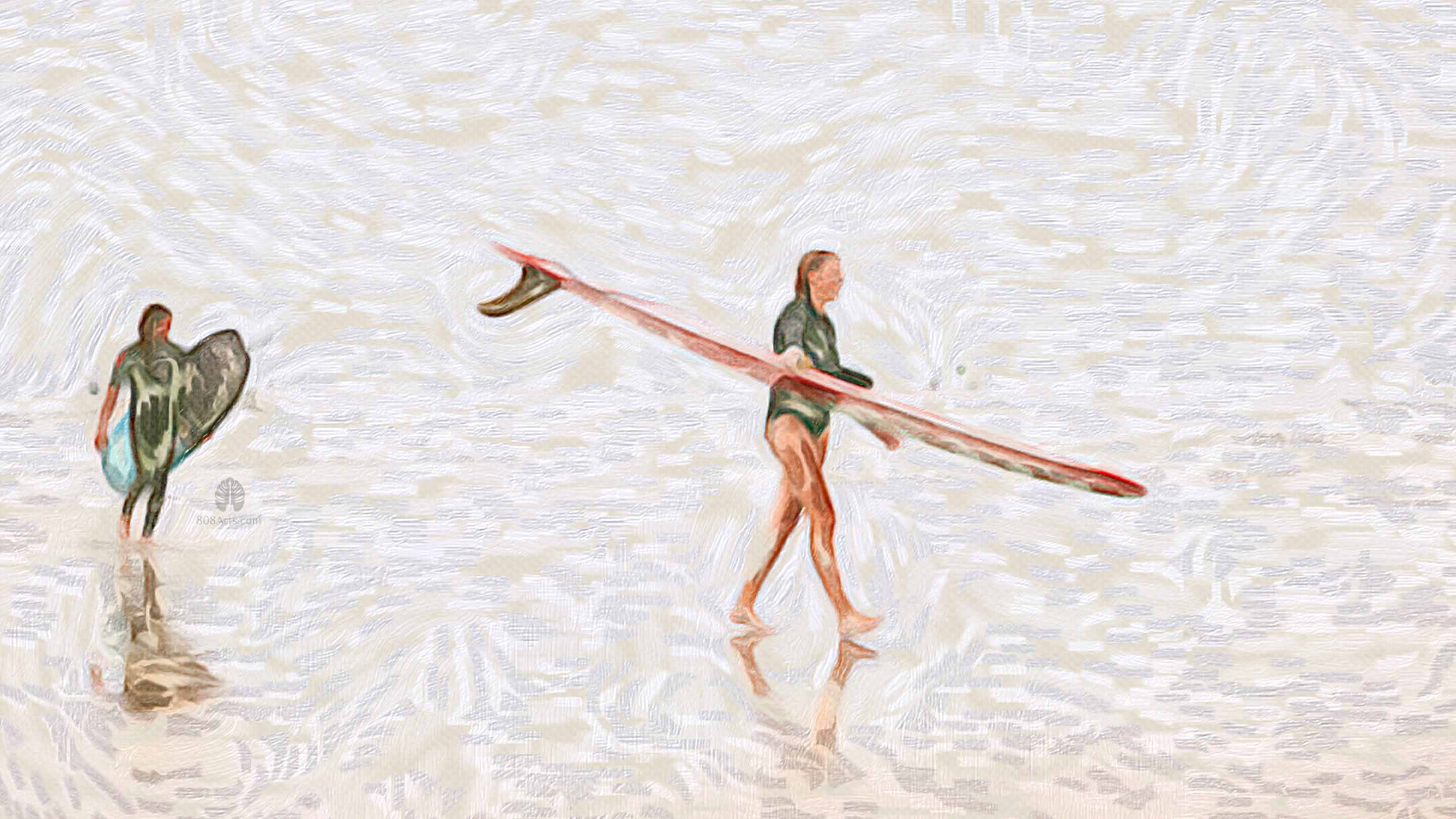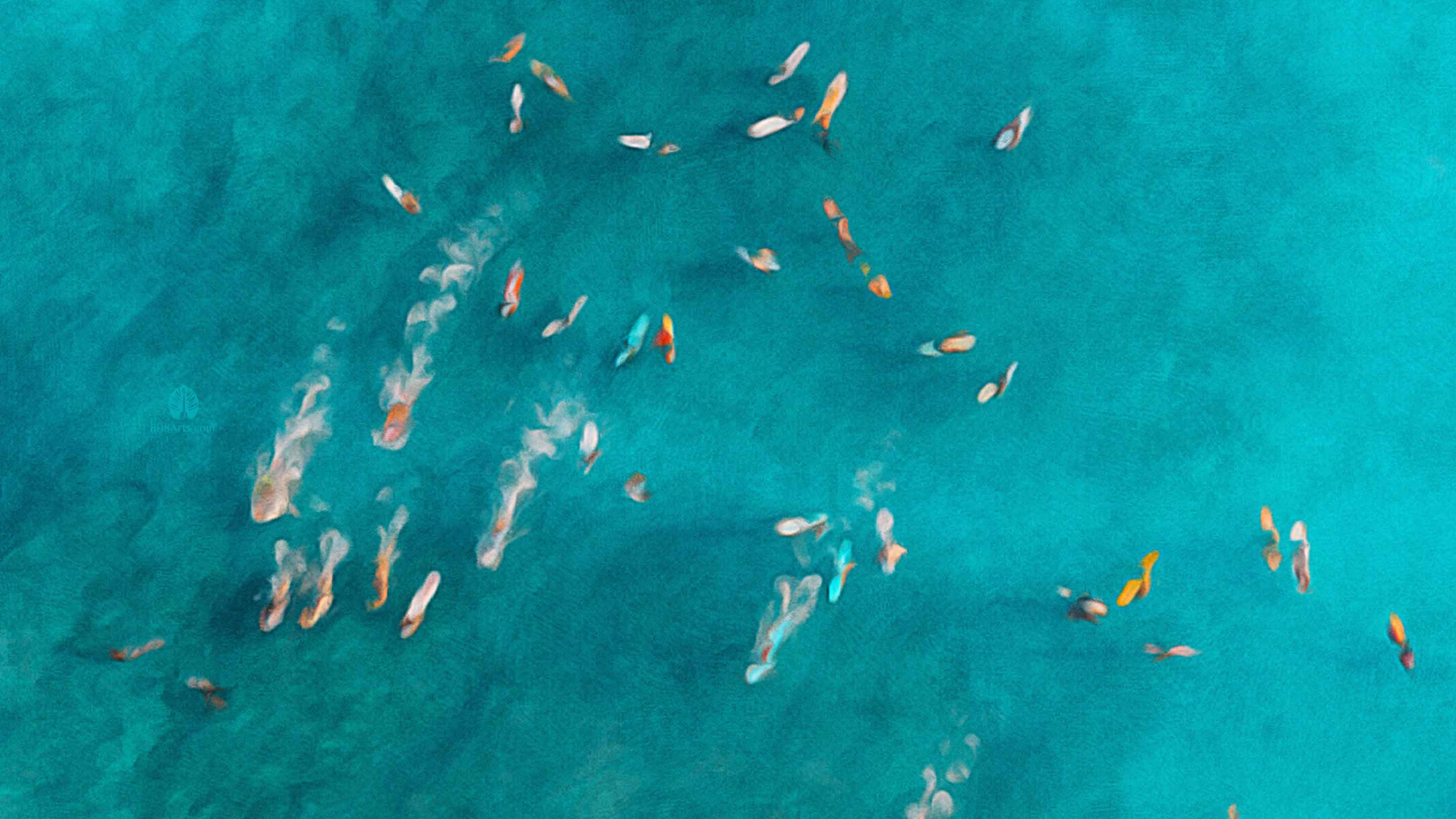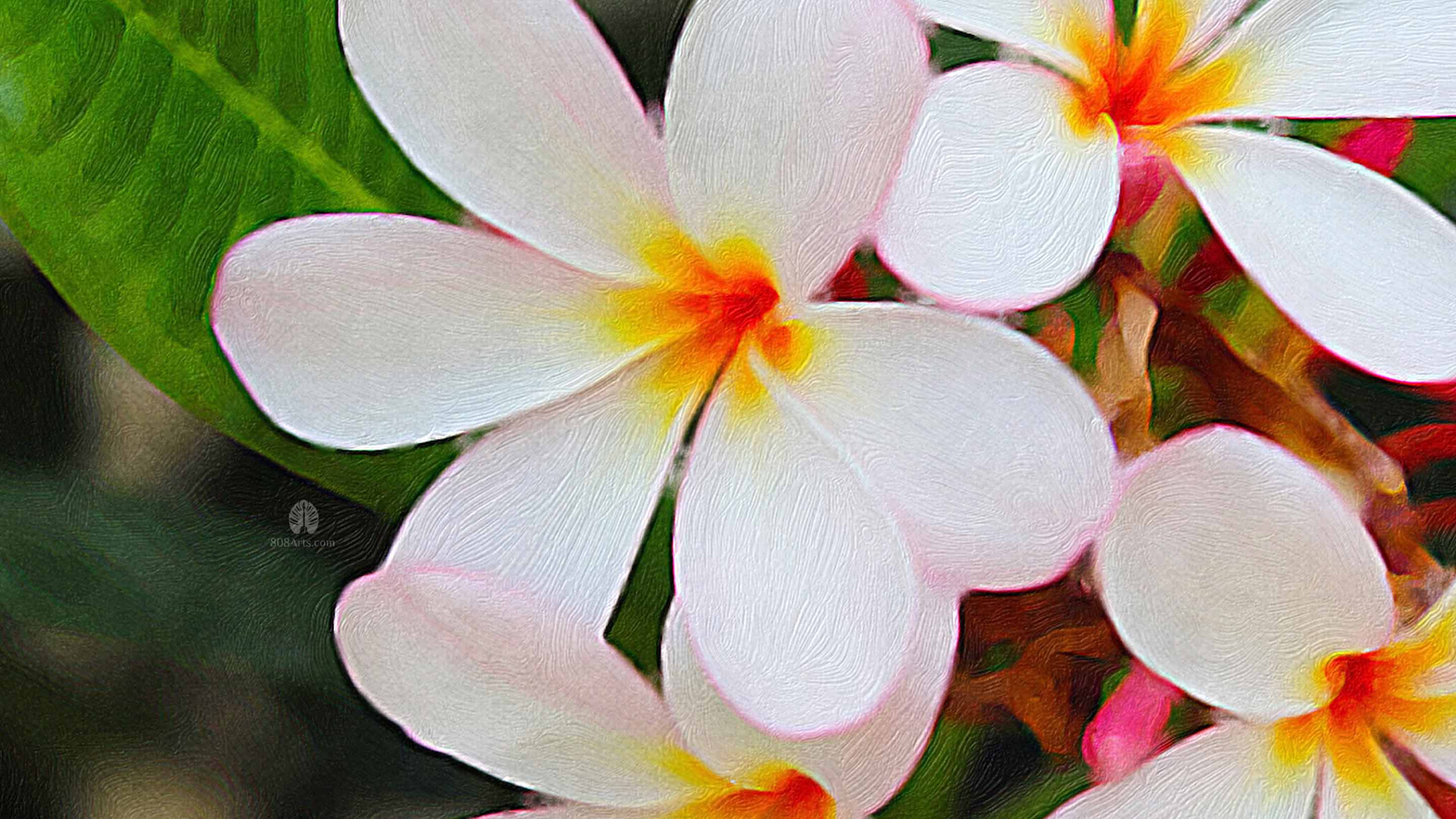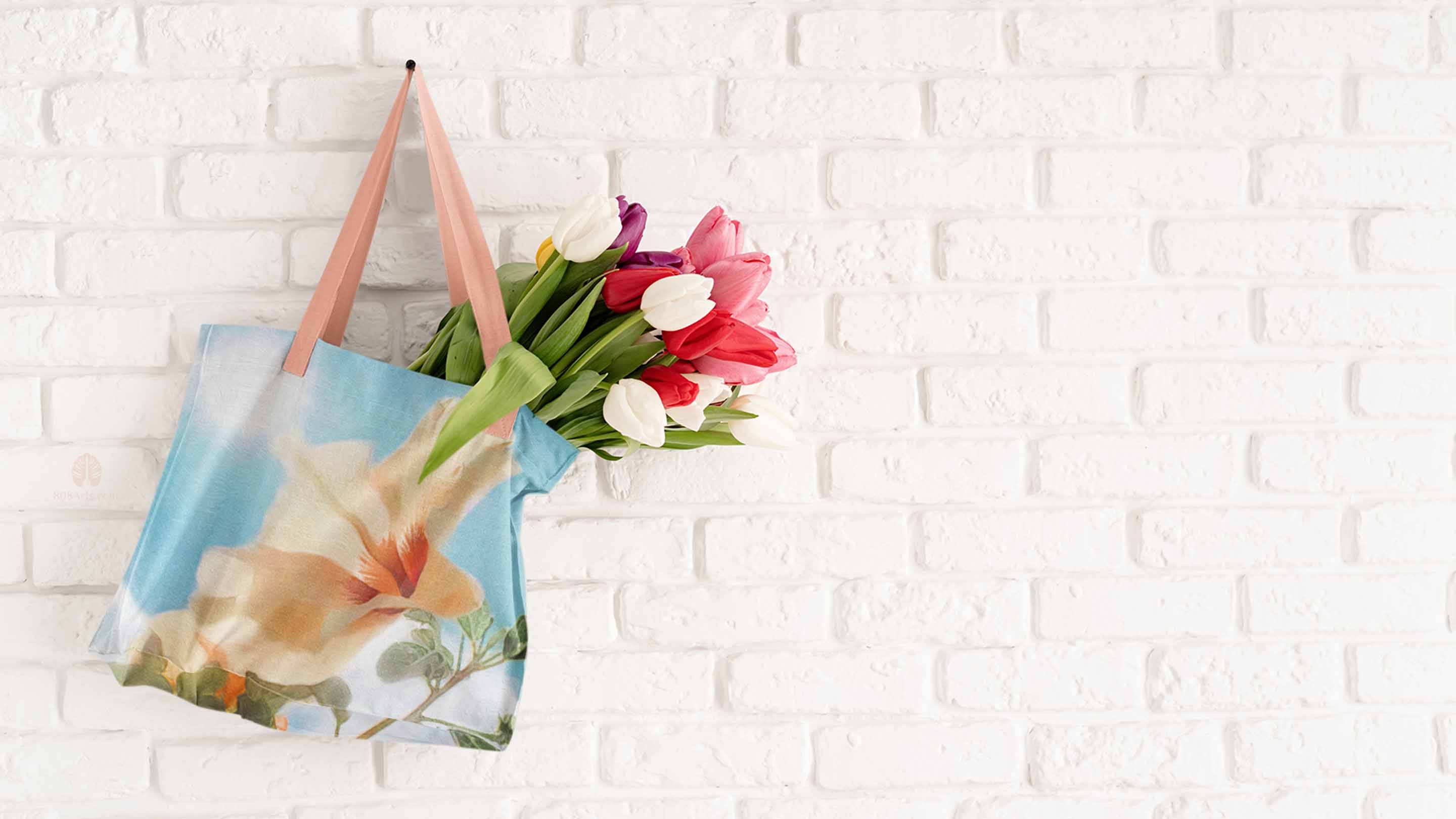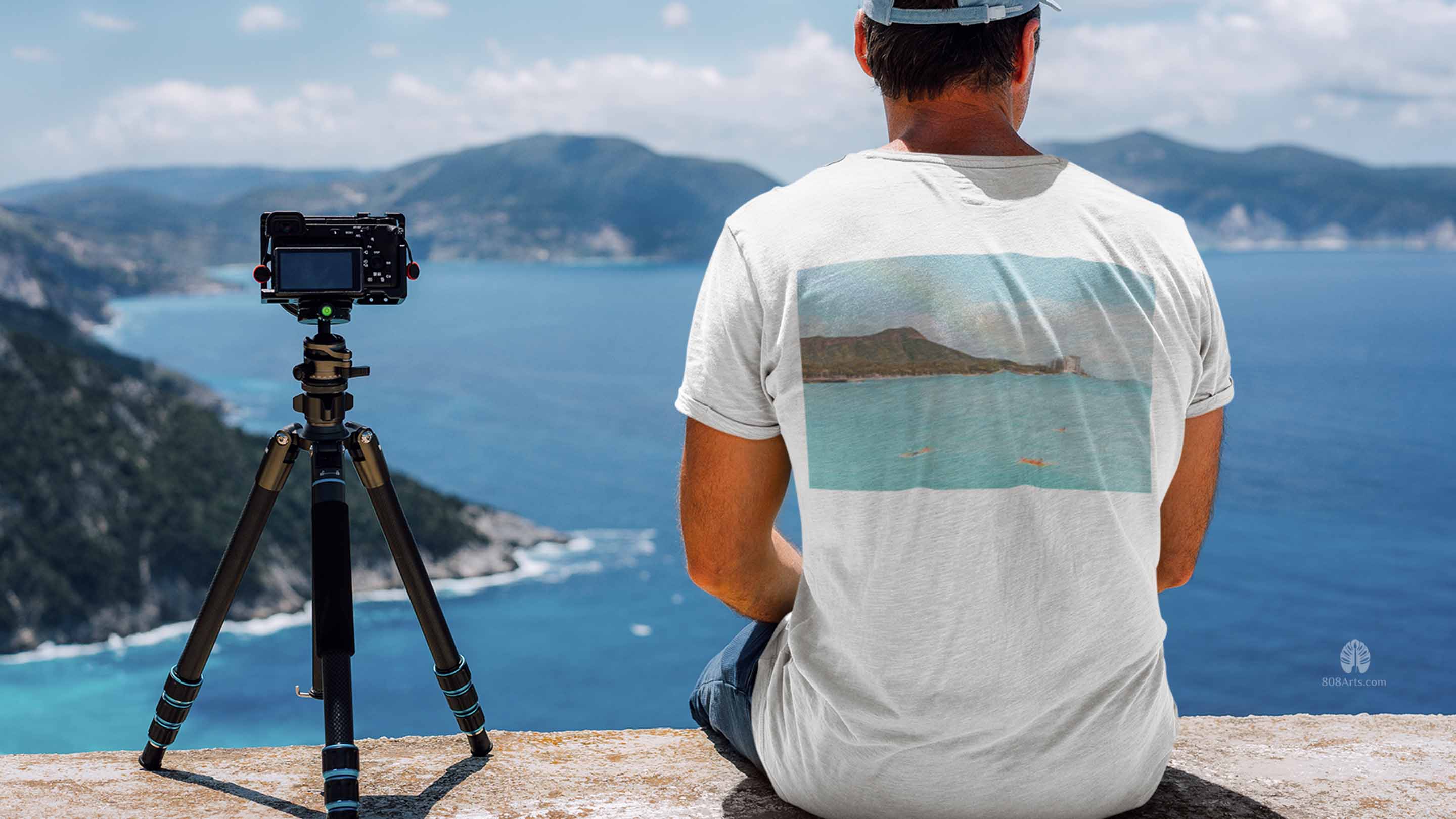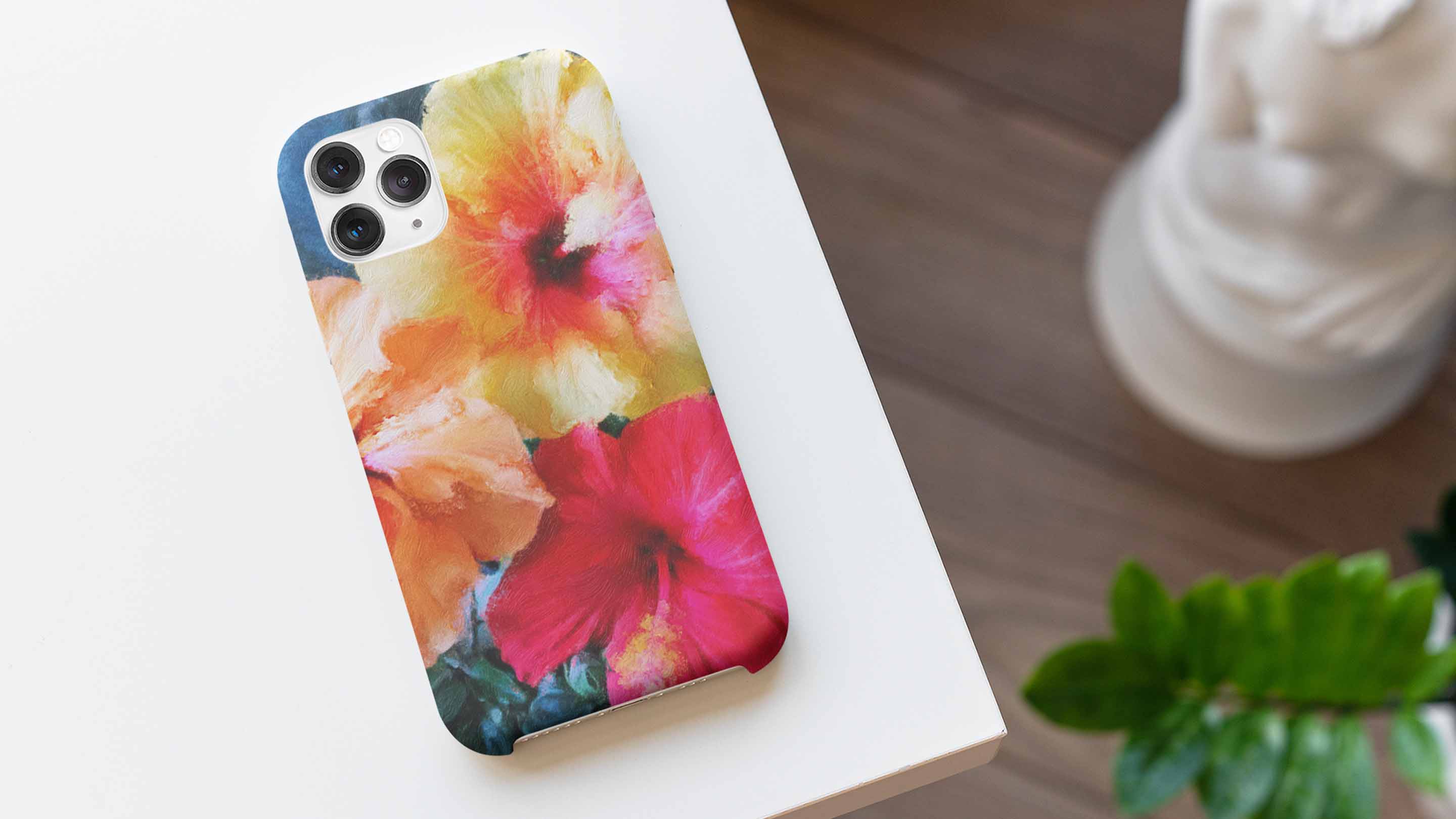Fish Painting as Wall Art
A Fish Painting refers to paintings or other works of art that depict fish as a central theme. Fish art can be created by anyone who is interested in creating art that focuses on fish. This could be a professional artist or someone who simply enjoys creating art as a hobby. This theme of art can be created in a variety of styles and media, including watercolor, oil paint, charcoal, pencil, and more. Fish are a popular subject for art because they are colorful, graceful, and often associated with the ocean or other bodies of water, which can be calming and soothing to look at.
Why Put Fish Paintings On Your Wall?
Great question! A fish painting can be used as wall art for a variety of reasons, including:
Decorative: Fish paintings can add visual interest and beauty to a wall. They can be used to brighten up a room or add a touch of whimsy.
Thematic: Fish paintings can be used to create a theme in a room. For example, a room with a beach or ocean theme might benefit from fish paintings.
Personal: Fish paintings can be a meaningful choice for someone who loves fish, fishing, or the ocean. They can be a way to personalize a space and make it feel more like home.
Educational: Fish painting can be a way to learn about different types of fish and their characteristics. They can also be used to teach children about the importance of protecting marine environments.
Relaxing: Some people find that looking at fish painting is relaxing and helps them to de-stress.
Versatile: Fish painting can come in a wide range of styles, from realistic to abstract, so there is a fish painting to suit almost any decor.
Timeless: Fish have been depicted in art for centuries, and fish paintings can add a timeless quality to a room.
Gyotaku is a Japanese art form that involves printing the image of a fish onto paper or fabric. The process involves painting ink or other pigments onto the fish and pressing it onto the surface to be printed. The resulting image is a detailed, life-like representation of the fish. Gyotaku was originally developed as a way for Japanese fishermen to record the size and species of the fish they caught, but it has since evolved into a popular art form. Gyotaku art prints are often displayed as wall art, and they are also sometimes used to create clothing or other decorative items.
Hawaii Fish Art Prints
Here is a beautiful collection of fish painting from local Hawaii artists, focusing on popular fish found in the nearby ocean and waters. For these and more fish and sea life check out our curated Sea Life Prints collection.
What Forms of Fish Art Are There?


There are many different forms of fish art, including:
Fish painting: Fish can be depicted in a wide range of styles, from realistic to abstract, using various mediums such as oil, watercolor, or acrylic paint.
Fish sculptures: Fish can be sculpted in a variety of materials, including clay, stone, wood, or metal.
Fish prints: Fish can be depicted in printmaking techniques such as linocut, woodcut, or screen printing.
Fish photography: Fish can be captured in photographs through underwater or above-water photography.
Fish tattoos: Fish can be incorporated into tattoo designs, either as the main focus of the tattoo or as part of a larger composition.
Fish crafts: Fish can be depicted in a variety of craft projects, such as embroidery, knitting, or quilting.
Fish jewelry: Fish can be incorporated into jewelry designs, such as pendants, earrings, or brooches.
Fish pottery: Fish can be depicted in ceramics or other types of pottery, either as the main focus of the piece or as part of a larger design.
Some Famous Fish Art Artists
There have been many famous painters who have depicted fish and other sea life in their fish painting. Some examples include:
Winslow Homer: An American landscape painter and printmaker, Homer is known for his paintings of marine and coastal scenes, including several featuring fish.
Pierre-Auguste Renoir: A French Impressionist painter, Renoir is known for his paintings of leisure activities, including several featuring fish.
Henri Matisse: A French artist known for his use of vibrant colors and bold patterns, Matisse often created fish painting and other works of art.
Paul Klee: A Swiss-German artist known for his abstract paintings, Klee often depicted fish in his artwork as symbols of freedom and the unconscious mind.
John Singer Sargent: An American portrait painter, Sargent is known for his paintings of the outdoors, including the theme of fish painting.
Katsushika Hokusai: A Japanese artist known for his woodblock prints, Hokusai is famous for his series of prints titled "The Great Wave," which features a large wave with fish swimming beneath it.
Salvador Dali: A Surrealist painter, Dali often depicted fish in his artwork as symbols of the unconscious mind and the dream world.
Georgia O'Keeffe: An American painter known for her paintings of flowers and other natural subjects, O'Keeffe also painted several works featuring fish.


Is A Fish Painting Valuable?
The value of a fish painting can vary widely depending on several factors, such as the artist's reputation, the quality of the artwork, and the demand for the artist's work. Generally speaking, a fish painting by well-known and established artists are more valuable than those by lesser-known or emerging artists. The medium and condition of the painting can also affect its value. For example, a fish painting by a famous artist in good condition may be worth more than a similar painting by the same artist that is in poor condition.
It is also worth noting that the value of any work of art can fluctuate over time. Factors such as changes in the art market, the artist's fame and popularity, and historical events can all impact the value of a painting. In general, however, a fish painting can be considered valuable if they are created by skilled artists and are in good condition. In addition to original paintings, affordable Hawaii fish prints might be a good investment in your happiness.
Is It Hard to Create A Fish Painting?
For example, painting underwater fish can be a challenging (but rewarding) task. Famous artists such as Wyland and Christian Lassen have been at the for front of modern underwater sea life and fish painting. Here are some tips if you want to learn how to paint underwater fish:
Start by gathering reference material. This can include photographs or live specimens that you can observe and study, as well as fish painting by other artists.
Choose your medium. Watercolors can be a good choice for painting underwater scenes because they allow you to create a sense of transparency and fluidity. Acrylics or oils may also work well.
Consider the lighting. Underwater scenes are often lit from above, so be sure to pay attention to the direction and intensity of the light in your painting.
Create a sense of depth. Use gradations of color and value to create a sense of depth and distance in your fish painting.
Pay attention to the fish's form. Observe the fish's shape, scales, and fins, and try to capture these details in your painting.
Experiment with brushstrokes. Use different brushstrokes to create texture and movement in your painting.
Don't be afraid to make mistakes. Painting is a process of trial and error, so don't be afraid to make mistakes and try new techniques.
And For Fish Art Lovers Who Also Fish...
"A bad day of fishing is better than a good day at work."
"Fishing is a passion that can never be fully explained."
"Fishing is the sport of drowning worms."
"There's a fine line between fishing and just standing on the shore like an idiot." - Steven Wright
"Men and fish are alike. They both get into trouble when they open their mouths."


